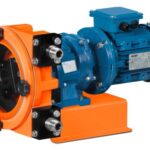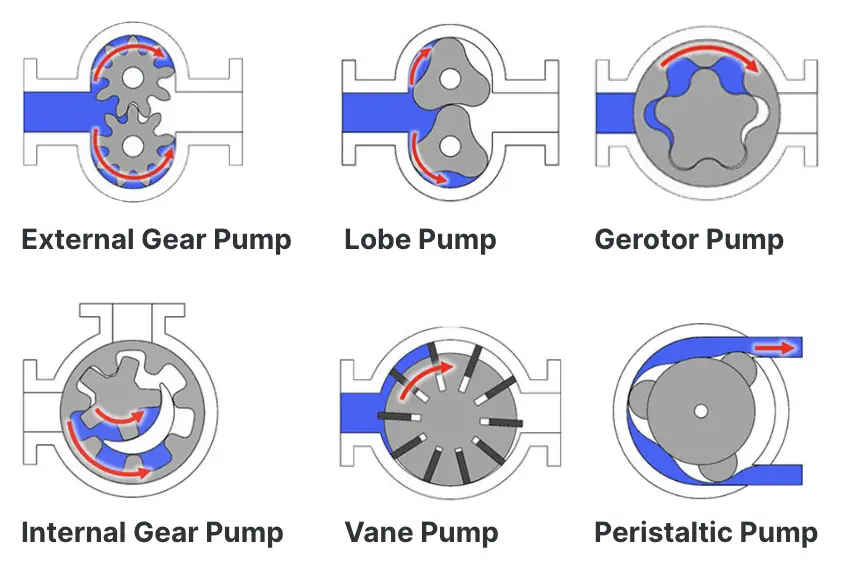The efficiency and safety of a plant or system depend on the precision of its piping systems. These systems are crucial for transporting fluids, gases, and other materials throughout various facilities. Two critical concepts piping class and piping specification, are very important while designing these systems. To ensure that the piping systems meet the operational requirements, regulatory standards, and safety norms, proper piping classes are essential. In this blog post, we will learn more about piping classes and piping specifications.
What is a Piping Class?
A piping class is essentially a classification of piping components that have been grouped together based on certain characteristics such as material, pressure, temperature, and service conditions. It acts as a template or guideline for the selection of materials and components for different sections of a piping system. The purpose of a piping class is to ensure that all components in a particular class have similar properties and can work together effectively within specified parameters.
A piping class can be defined as an assembly of piping components in a piping system, suitable for a defined service and design limits.
Elements of a Piping Class
A piping class consists of
Material Specifications:
This includes the type of material used for the pipes and components, such as carbon steel, stainless steel, or exotic alloys. The material choice affects the pipe’s strength, corrosion resistance, and suitability for various fluids and operating conditions.
Pressure and Temperature Ratings:
Each piping class is designed to handle specific pressure and temperature ranges. This ensures that the components can withstand the operational stresses and thermal conditions of the system.
Service Conditions:
This refers to the environmental and operational conditions that the piping system will encounter, such as exposure to corrosive substances or high temperatures. Piping classes are designed to handle these conditions without compromising performance or safety.
Design Codes and Standards:
Piping classes are often developed in accordance with industry standards and codes, such as the ASME B31.3 for process piping. These standards provide guidelines for materials, design, construction, and testing.
Corrosion Allowance:
Piping classes include a “corrosion allowance,” which is extra thickness added to the pipe wall. This extra thickness helps the pipe resist damage from corrosion over time. Corrosion can weaken pipes and cause leaks or failures. By adding this corrosion allowance, engineers make sure that the pipes stay strong and reliable, even in environments where they might corrode. This helps the piping system last longer and reduces the chances of unexpected repairs or breakdowns.
List of Piping Components:
Piping classes include a detailed list of all the parts needed for the piping system, such as pipes, fittings, valves, flanges, and other accessories. This list makes sure that every necessary part is included in the design and construction of the system. Each component is chosen based on factors like material compatibility, pressure and temperature ratings, and the specific needs of the process it will be used for.
Branch Table:
The branch table in piping classes outlines the different branch connections needed in the piping system, such as tees, reducers, and other junctions. This table provides details like the size, type, and location of each branch connection, which helps ensure the piping system is set up correctly. By planning these branch connections ahead of time, engineers can design the system for better fluid flow and reduce the chances of pressure drops or other performance problems. Fig. 1 below shows a typical example of a branch table in piping class:

Special Assemblies:
Piping classes may also include details for special assemblies or setups needed for specific applications or operating conditions. This might involve components like expansion joints, strainers, filters, or other specialized parts essential for meeting the unique requirements of the process or facility. By including these special assemblies in the design, engineers ensure the system operates safely and efficiently in various situations.
Support Notes:
Lastly, piping classes usually have support notes that guide how to install, maintain, and support the piping system. These notes include details on how far apart space supports, how to anchor and brace the pipes, and how to inspect and maintain the system. Proper support and maintenance are crucial for the piping system to work reliably over time, and the support notes help make sure these needs are met.
Types of Piping Classes
Piping classes, in general, can be classified into the following types:
- Process Piping Classes: Used in industrial processes where fluids are transported between various process units. These classes are typically categorized based on the type of process, such as chemical processing, oil and gas, or power generation.
- Utility Piping Classes: These are used for utilities such as water, steam, and air. Utility piping classes are designed based on the specific utility requirements and operational conditions.
- Fire Protection Piping Classes: Designed specifically for fire protection systems, these classes must meet stringent standards to ensure reliability in emergencies.
Piping Specification
A piping specification, on the other hand, is a detailed document that provides the technical and material requirements for piping systems. It outlines the standards and criteria that need to be met for each component in the system, including pipes, fittings, valves, and flanges. The primary purpose of a piping specification is to ensure consistency and compliance with industry standards, safety regulations, and design requirements.
Key Components of a Piping Specification
In general, a piping specification consists of
- Material Requirements: Specifies the types of materials to be used for each component, including the material grades, dimensions, and manufacturing standards.
- Design Criteria: Includes information on the design pressures, temperatures, and service conditions that the piping system must accommodate. This ensures that the components are selected based on their ability to handle these conditions.
- Construction and Installation Guidelines: Provides instructions on how the piping system should be constructed and installed, including welding practices, joint fittings, and alignment requirements.
- Testing and Inspection Procedures: Details the methods and standards for testing and inspecting the piping system to ensure it meets the required specifications and is free from defects.
- Documentation and Quality Assurance: Specifies the documentation required for compliance and quality assurance, such as certificates of material compliance and inspection reports.
What is the process of Developing Piping Specifications?
The piping specification development process has the following steps
Requirements Analysis:
The process begins with understanding the operational requirements, service conditions, and regulatory standards. This analysis helps in defining the technical and material specifications needed for the system.
Selection of Materials and Components:
Based on the requirements analysis, materials and components are selected that meet the specified criteria. This includes choosing the appropriate pipe sizes, wall thicknesses, and component types.
Drafting the Specification Document:
The detailed piping specification document is then drafted, incorporating all the technical details, design criteria, and construction guidelines.
Review and Approval:
The specification document undergoes a review process to ensure accuracy and compliance with industry standards. This often involves feedback from engineers, designers, and regulatory bodies.
Implementation and Monitoring:
Once approved, the piping specification is used as a guideline for constructing and installing the piping system. Regular monitoring and inspections ensure adherence to the specifications throughout the project.
Piping specifications may change from one project to another depending on client requirements.
The Interrelationship Between Piping Class and Piping Specification
Complementary Roles:
Piping classes and piping specifications are closely related and often work in tandem. While a piping class provides a general framework for categorizing piping components based on their properties and service conditions, a piping specification offers detailed, specific guidelines for the materials and construction methods to be used. Together, they ensure that the piping system is designed and built to meet the required performance, safety, and regulatory standards.
Integration in Design and Engineering
Design Phase:
During the design phase, engineers use piping classes to determine the appropriate materials and components for different sections of the piping system. They then develop piping specifications to provide detailed instructions on how these components should be selected, installed, and tested.
Construction Phase:
In the construction phase, piping classes guide the procurement and assembly of materials, while piping specifications provide the technical details required for proper installation and quality assurance.
Maintenance and Upgrades:
For ongoing maintenance and future upgrades, piping classes and specifications serve as references to ensure that any modifications or replacements are consistent with the original design criteria and standards.
Applications in a Chemical Processing Plant
To illustrate the practical application of piping classes and specifications, let’s consider a chemical processing plant. In such a facility, the piping system must handle a variety of chemicals at different pressures and temperatures.
Piping Class Example
In this plant, a piping class might be defined for transporting corrosive chemicals. This class would specify materials such as high-alloy stainless steel or special plastic coatings that resist corrosion. It would also define pressure ratings and temperature limits to ensure that the pipes and components can handle the operational conditions without failure.
Piping Specification Example
For the same chemical processing plant, a piping specification would detail the exact requirements for each component in the system. This would include:
- Material Specifications: Specific grades of stainless steel or coatings for corrosion resistance.
- Design Criteria: Pressure and temperature limits, along with any special requirements for handling specific chemicals.
- Construction Guidelines: Welding practices, joint fittings, and installation methods to ensure leak-proof connections.
- Testing Procedures: Hydrostatic testing methods and inspection standards to verify the integrity of the piping system.
In summary, piping classes and piping specifications are fundamental components in the design, construction, and maintenance of industrial piping systems. Piping classes provide a general framework for categorizing components based on their properties and service conditions, while piping specifications offer detailed, technical guidelines for ensuring that these components meet the required performance and safety standards.
Understanding and effectively implementing these concepts is crucial for the successful operation of industrial systems. By adhering to established standards and best practices, engineers and designers can ensure that piping systems are reliable, efficient, and safe, ultimately contributing to the overall success of industrial operations.







thanks for info.